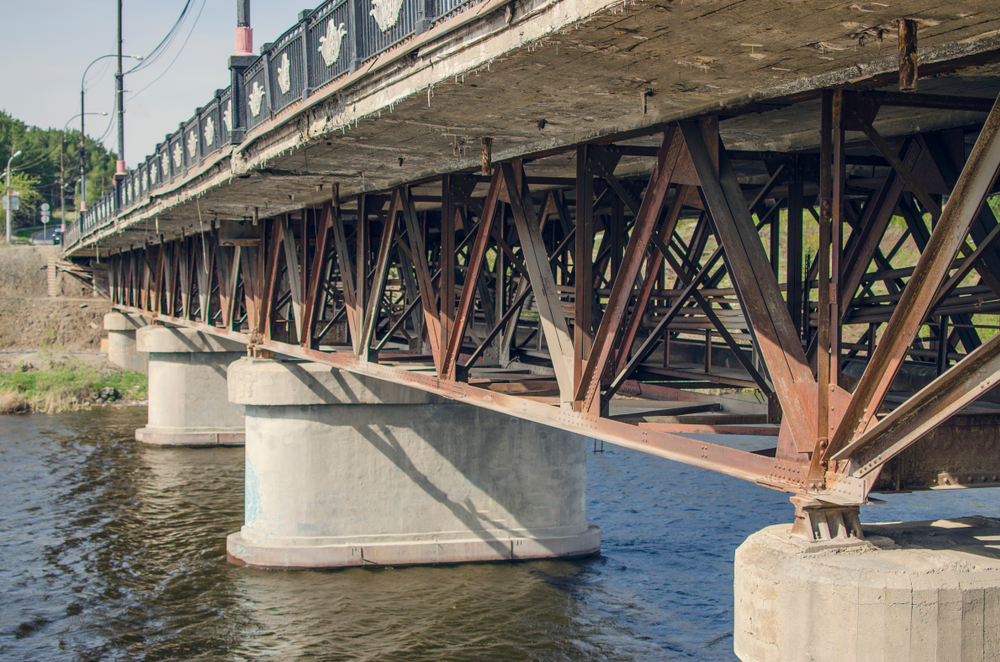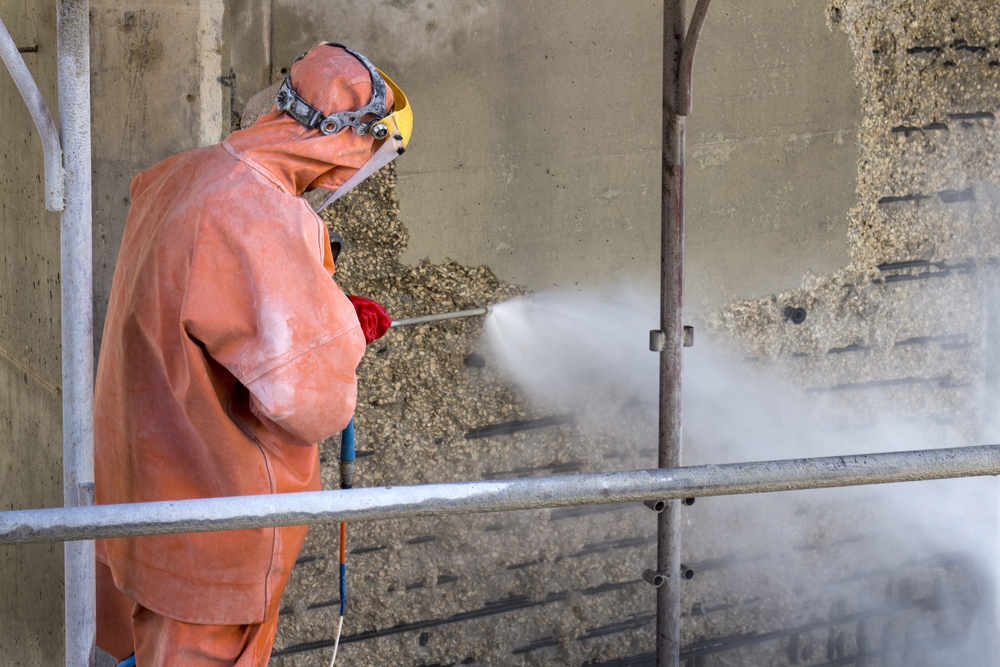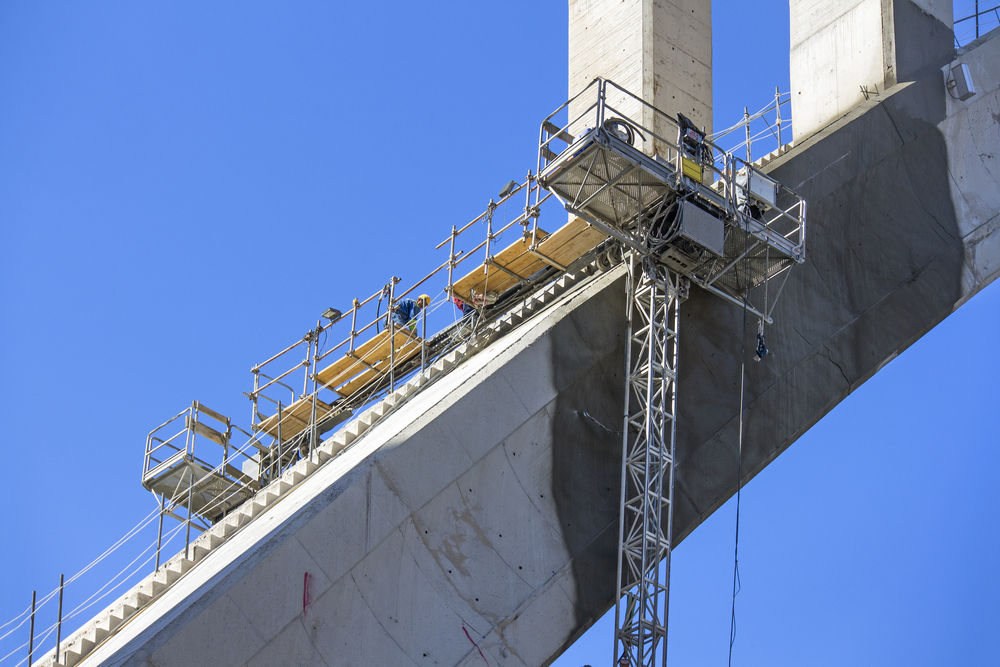It’s true: Corrosion is one of the biggest controllable factors that can affect the structural integrity of bridges.
Corrosion is the gradual chemical erosion of metal. Experts find that more than 95 percent of structural damage on bridges can be traced back to some form of corrosion. It’s a particularly big factor on the four out of 10 bridges in the United States that are more than 50 years old, because most have not been treated to prevent it.
Bridges in two parts of the United States are more likely to experience significant corrosive damage:
- Northern states that frequently apply chloride-based snow and ice melting compounds to bridges.
- Coastal areas, where bridges are impacted by salt water, high humidity, and extreme storms.
Bridges in dry locations, like deserts, are less likely to be damaged by corrosion.

Did you know: The two biggest factors affecting the lifespan of bridges are time and how much chloride is used on them? Good design and maintenance can slow the effects of time on structures. Sound engineering coupled with leveraging-proven preventative measures can help avoid corrosive damage.
Let’s take a look at the ways corrosion can affect bridges and what can be done to prevent it.
How corrosion weakens bridges
Corrosion affects the structural integrity of bridges in a five critical ways:
-
Reduces the strength of individual structural elements
Corrosion lowers the effective cross section of critical structural components, which makes them perform in unexpected and unintended ways when stressed. It lowers the axial and flexural strength, which can lead to the partial or complete failure of individual elements, potentially weakening the overall structure.
Be aware: Corroded metal elements may look stable, but that doesn’t mean they’re safe. Damaged bridge parts may no longer be able to handle the loads they were designed to support. Severe shaking or extreme twisting (caused by events like an earthquake, accident, or unexpected wind) can push stress beyond the reduced capacity level. It’s important to test corroded elements and replace them immediately if they are no longer able to perform as intended.
Note: This type of degradation occurs in both steel and reinforced concrete structures.
-
Lowered shear capacity
As previously mentioned, corrosion can reduce the effective cross-sectional area of major bridge components, including beams and columns. This often reduces the shear capacity of individual sections and the ability to interact with sections connected to them. This leads to friction, vibration, and concussive action that the overall structure may not be able to sustain over time.
-
Increased fatigue
Corrosion can also impact the fatigue strength of steel components and connections. It is known to accelerate cracking and pitting, which is often concentrated in certain areas. This can cause metal elements to break and fail.

Tip: Corrosive damage isn’t limited to the visible parts of structures. It’s often more likely to occur in hidden, hard-to-reach places. If you see water pooling or flowing through an area, use modern lifts, drones, and photographic or x-ray technology to conduct in-depth inspections.
-
Decreased bond strength
The capacity of elements built from composite materials is dependent on how the concrete and rebar interact. Steel expands when it corrodes, which diminishes the bond with the concrete it reinforces and supports. This often weakens structural components, which can contribute to failure. It’s often difficult to identify this type of damage. Use modern x-ray equipment to inspect bridge sections exposed to water and corrosive substances.
-
Diminished ductility
Corrosion lowers the ability of metal sections of bridges to bend and twist. Maintaining this integrity is critical, especially in areas that experience earthquakes, shifting traffic loads, or extreme weather, especially winds. Some of history’s greatest bridge collapses were caused by structural elements that could not flex as engineered when exposed to these conditions. It forces loads to shift in ways the structure cannot support.
How to prevent corrosion
So, what can you do to reduce the effects of corrosion on bridges?

- Inspect bridges regularly, looking for initial signs of corrosive damage. Taking action early can help prevent more costly repairs in the future. Safe and flexible lifts make it easier to access hard-to-reach sections of bridges that are often most vulnerable to corrosion.
- Don’t limit inspections to primary structural elements. Also, check things like the utility infrastructure suspended under bridges. Hangers and seals are often affected by corrosive substances. If you find significant damage to utility infrastructure, consider replacing it using modern suspension systems.
- Apply an epoxy coating to the rebar embedded in concrete beams and pillars. This may not completely stop the corrosion process, but it will slow it considerably.
- Use less permeable concrete when building new structures and making repairs. It can help prevent water and chloride solutions reaching metal substructures.
- Apply a sealer membrane between the deck and upper driving surface. It will prevent seepage and pooling of corrosive solutions on and around vulnerable metal parts.
- Avoid using corrosive snow and ice melting solutions when conditions allow. Plant-based options are being tested and have been found effective in some cold weather locations.
- Installing heating systems makes it possible to keep bridges ice and snow free without using destructive chemicals. These systems may require a large upfront investment, but they can pay off over time, especially in cold, snowy climates. (When doing a cost benefit analysis, don’t just consider the cost of a system versus the price of chemicals over time. Also take into account the workers needed to apply melting solutions and clear snow, additional bridge maintenance and repair necessitated by using chemicals, equipment costs, and the financial impact of impassable roads on business and tax revenue.)
- Take advantage of bridge designs that eliminate or move the joint between the bridge and roadway off the main structure. Joints are the primary way chloride solutions seep into abutments. Placing them on the ends of bridges allows water and chloride solutions to drain away from vulnerable metal components.
- Repair cracks and potholes as soon as they happen. It helps prevent corrosive fluids from penetrating the road bed and damaging the substructure below.
- Put extra thought into designing (and retrofitting) drainage systems that push water away from vulnerable metal parts like abutments and girders. Many older bridges were built with systems that have end joints allowing water to spill directly onto girders. (Make sure drainage systems aren’t just bridge friendly but also good for the environment.)
- Regularly check metal elements protected by fire blankets. Older blankets sometimes hold in water and humidity, which can lead to damage and weakening over time. Modern fire blankets installed using today’s best practices can help prevent this.
Advance planning, smart design, and diligent maintenance are proven ways to protect bridge infrastructure from the devastating effects of corrosion.

